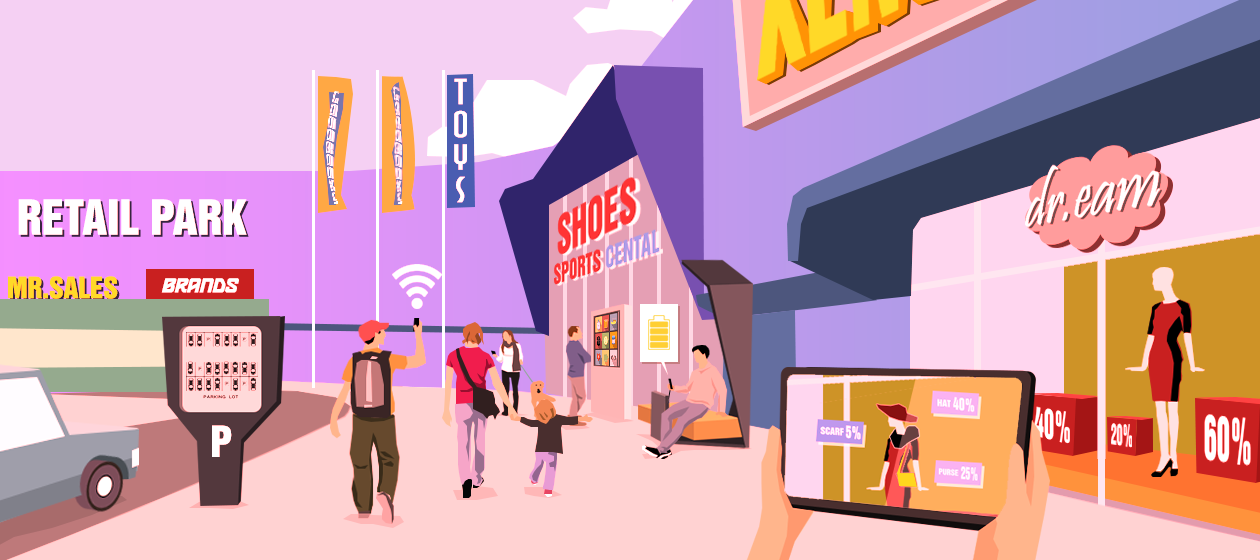IoT trends that are influencing the market
It is evaluated that there will be more than 30 billion IoT gadgets by the end of 2020. With the expanding patterns of IoT gadgets and their...
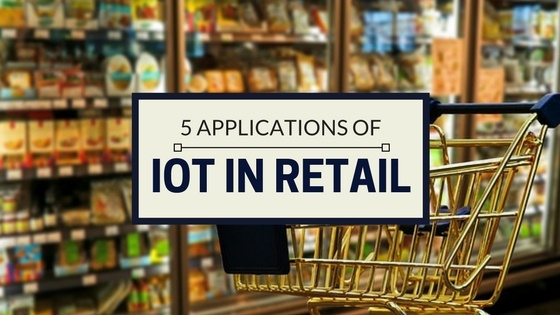
The retail industry has been the center for many innovations. Over years we have seen the industry moving away from boring customer experiences to automated chatbots and e-commerce. Today retailers handle not only their brick and mortar stores but also online stores, branding, deliveries, customer service etc. With so many tasks at hand, there is always a demand for innovative technologies that can automate the itinerary and help in better utilization of resources. Among all the IT solutions internet of things(IoT) has come out as a very powerful potential technology. In this blog, we will study 5 ways to effectively leverage IoT in retail.
IoT devices like industrial sensors, interconnected manufacturing machines, in-store analysis devices and workspace management solutions are already being heavily circulated in the market. Sparklabs predicts an exponential growth in the IoT space—from 2.5 billion devices in 2017 to 5.4 billion in 2020.
Cloud computing has been the enabler of all major innovations in the retail industry. Even most of the IoT devices rely on cloud infrastructure to function effectively. Download or free eBook to know more about the impact of cloud computing in retail:
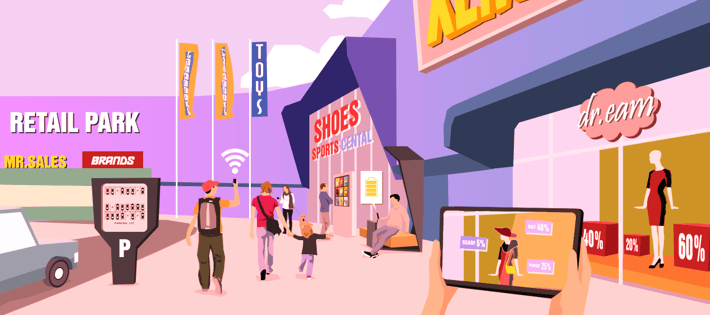
Geo tracking is not a new concept. In fact, you won’t need high-end IoT devices to track the location of your shipments. So how does IoT make a difference? When we combine internet of things with GPS systems we can track the location of a shipment at a much more granular level. IoT sensors can also help track the condition of the shipment and the impact of outside environment like temperature, the time taken in delivery etc. on its quality. This is especially helpful in case of managing the transport of perishable commodities and delicates.
Read More: The Impact of IoT on Logistics
For people involved in IoT innovations in retail beacons and geofencing aren’t new concepts. But if you have just started exploring the landscape of internet of things in retail then you should definitely take a look at the uses of geofencing. By using Bluetooth beacons, RFID or Wi-Fi networks retailers can trigger location specific marketing messages when a prospect enters or leaves a set geographical boundary. This allows for more personalized permission-based marketing where there is actual value in marketing messages.
Read More: How Big Data, AI and ML help improve the customer experience?
MBA here stands for market basket analysis. It is data analysis technique used to predict the future purchases based on previous checkouts and items in the cart. To conduct a proper market basket analysis, you need data about the consumer buying process. The items which they purchase, their movement from one category of store items to another, their behavior to changes in store layout etc. Such data can be retrieved using IoT devices like sensors in shopping carts, RFID tags in items, mobile phones etc. Using these observations, you can set up a store layout that directs customers to relevant products based on their purchases.
Read More: 5 Ways in Which Augmented Reality is Changing the Face of Retail
Precise maintenance of stock is one the major concerns of a retail business. While the traditional point of sale systems (POS) focus only on the number of items, IoT enabled RFID tags can provide many more intricate details. This information can include temperature, condition, damage to product etc. IoT sensors can also let you know about the impact on sales on placing the same item in distinct locations. Using advanced RFID technology will also prevent shoplifting and ensure better security.
Read More: The Biggest Benefits and Best Uses of Chatbots in Retail
In a typical retail store, there are a lot of appliances that require periodic maintenance and repairs. By using IoT sensors in these devices we can monitor minute changes in their functioning and initiate immediate maintenance to avoid malfunctioning. Refrigeration units is a common example of such devices. If these units are made smart using IoT you can monitor changes in temperature, functioning and the impact of changes on stored items. If there is a malfunctioning noticed then repairs can be immediately scheduled and sudden outbreaks can be prevented.
As you have seen the internet of things can be utilized in many effective ways by retailers. Unfortunately, the rate of adoption of these solutions is not as exponential as expected. Many retailers are skeptic about the actual benefits from these devices. As a matter of fact, if used properly IoT devices can become your competitive advantage in the industry. In the herd of traditional retailers, a consumer-oriented approach is bound to stand out.
If you are looking for developers who can shape your ideas into practical solutions then you are at the right place. At NewGenApps, we specialize in developing new age IT solutions for retailers. Contact us today for a project consultation or POC.
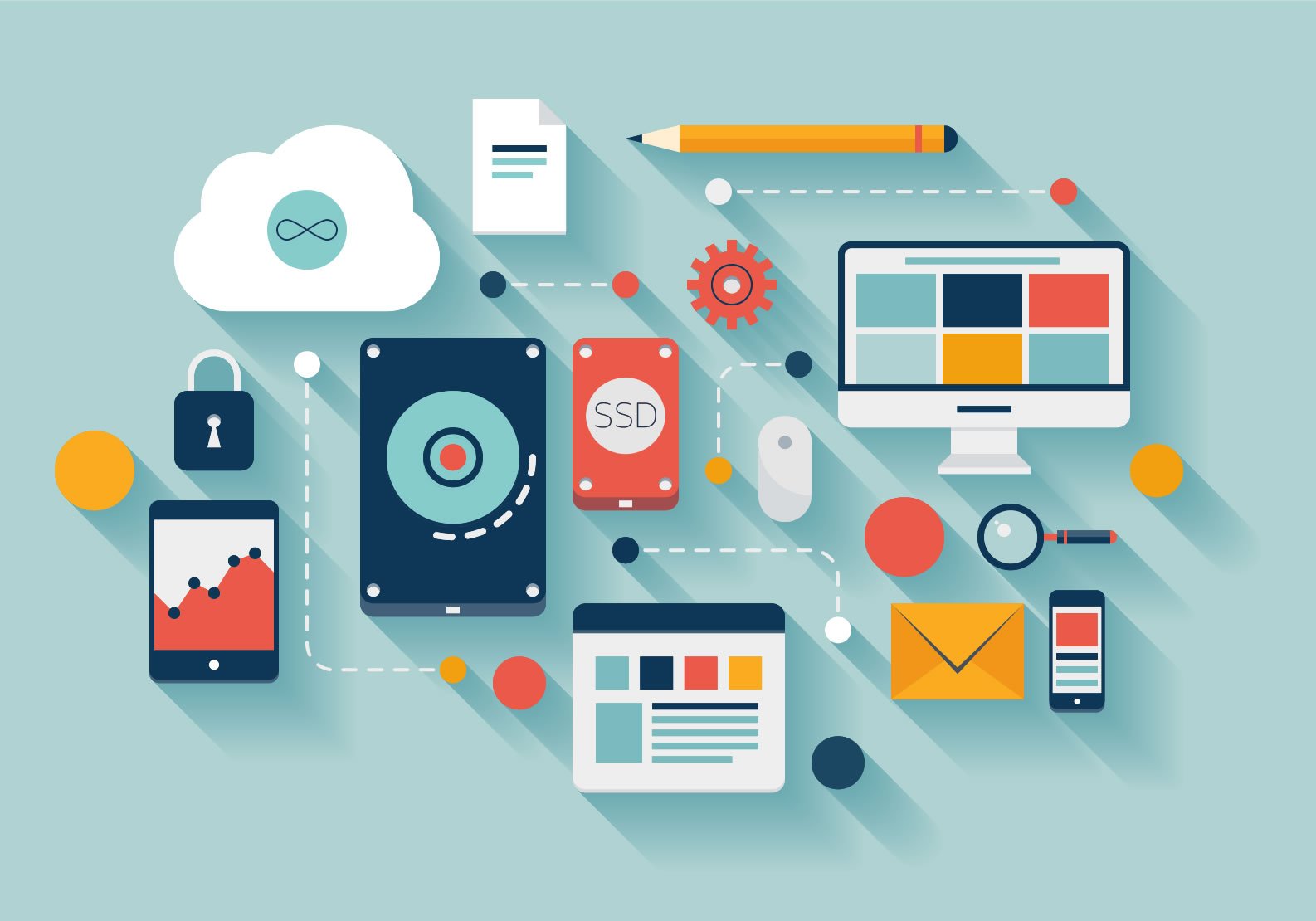
It is evaluated that there will be more than 30 billion IoT gadgets by the end of 2020. With the expanding patterns of IoT gadgets and their...
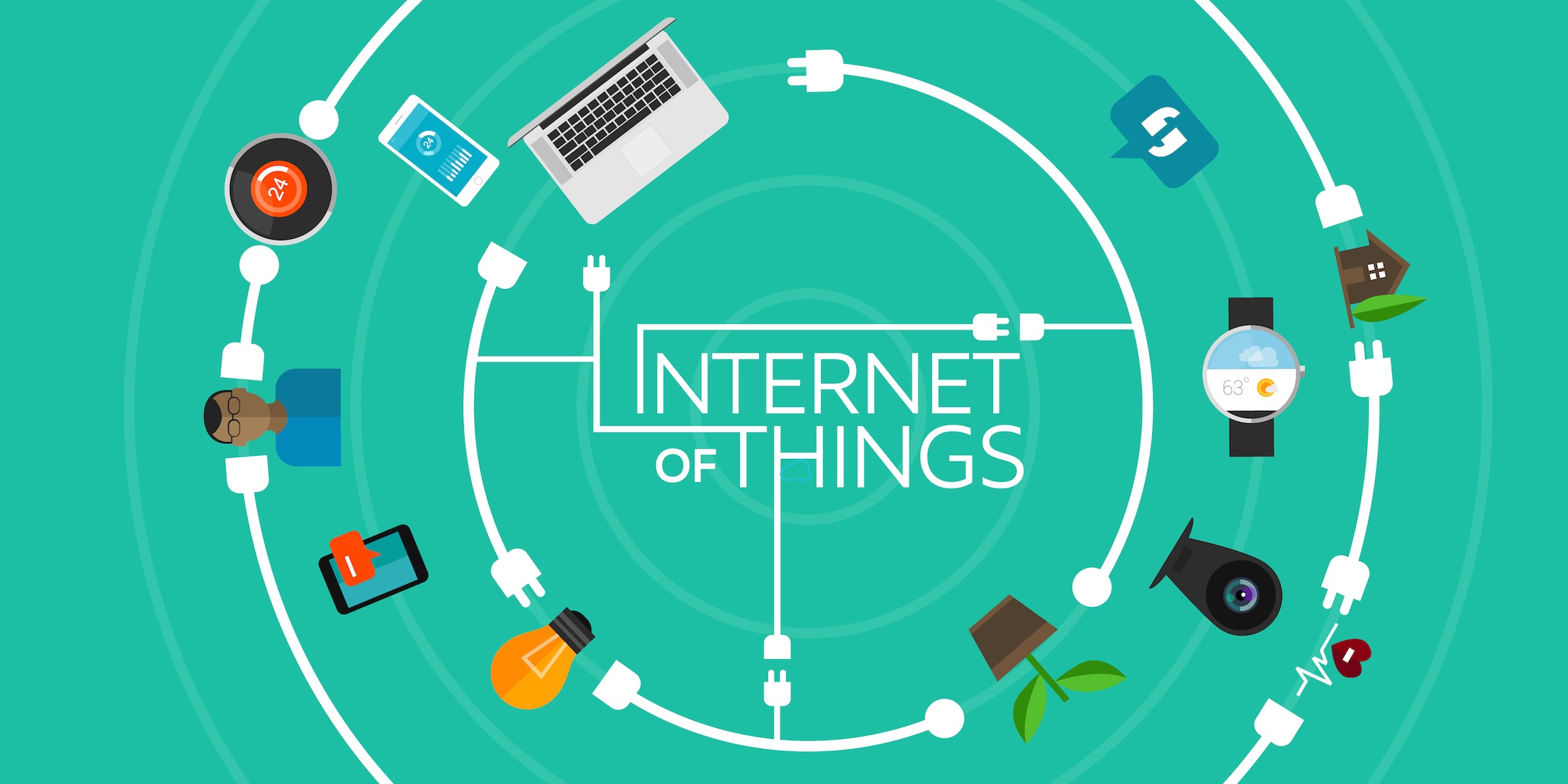
The Internet of Things (IoT) is the use of network sensors in physical devices to allow for remote monitoring and control. This technology has gained...
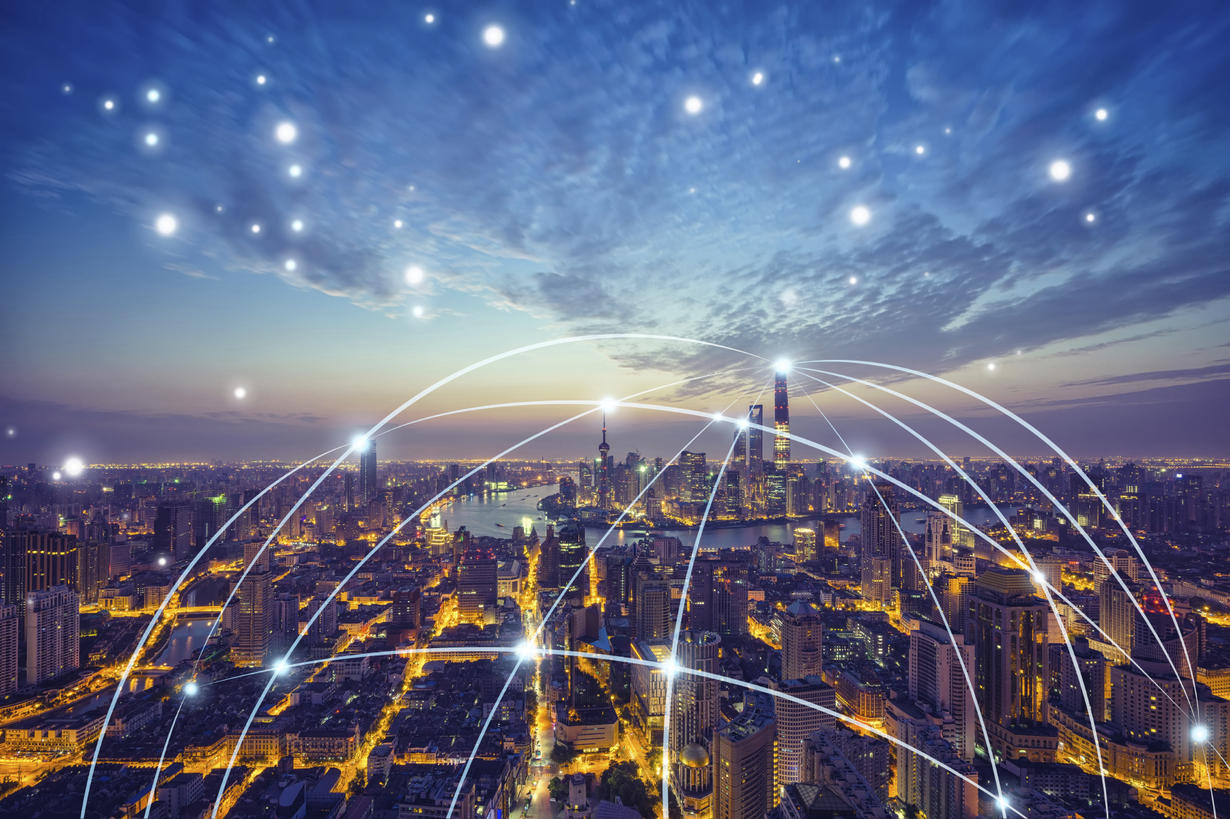
What IoT is packed with for this year, is beyond anyone’s imagination. According to a Business Insider research report, the shipment of all the smart...
